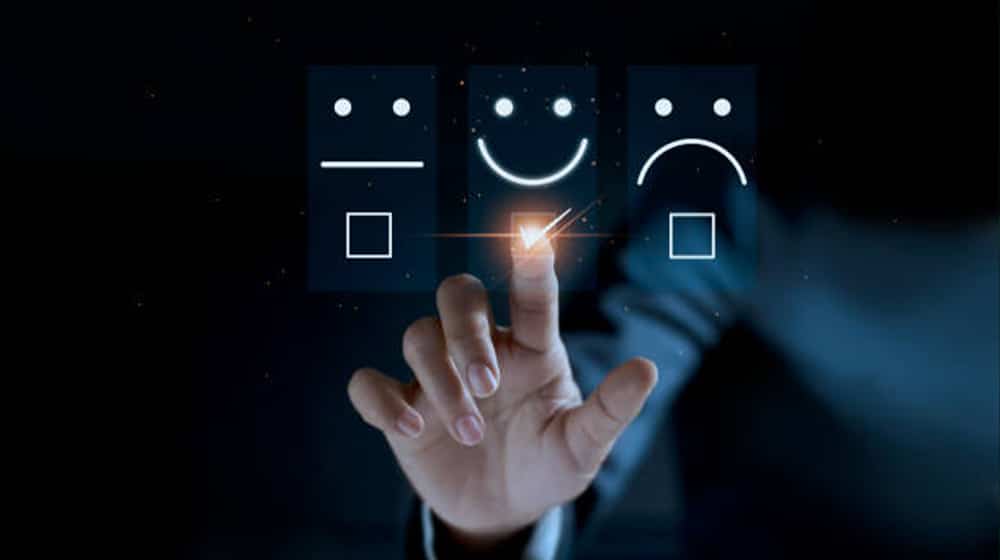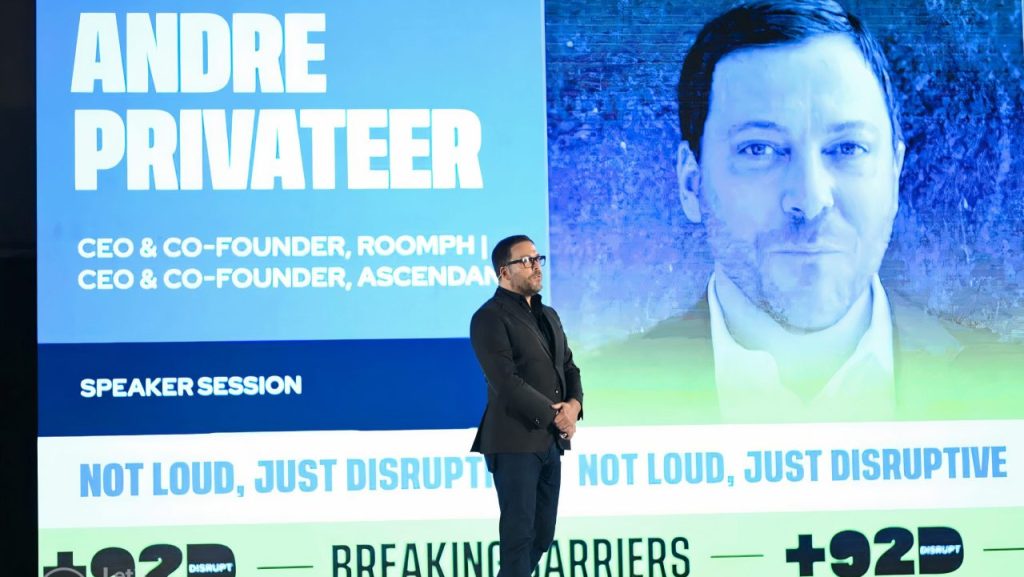To succeed in the CX paradigm shift, organizations must put the customer at the center of every business decision they make, from vision and strategy to the operational model they orchestrate around various departments and cross-functional teams to provide value to the customer.
Needless to say, AI, ML, RPA, NLP, NLU, and now metaverse technologies are rapidly changing the rules of the game. To prepare for the metaverse, a new world of virtual reality, Generation Z is purchasing digital assets in the form of non-fungible tokens (NFTs). Popular shoe company Nike has already begun selling shoes for the metaverse, with some pairs going for over $100,000. By the end of this year, there will be $6 billion in transactions taking place in the metaverse, and by 2026, there will be far over $40 billion.
Google unveiled “Google Duplex” during the 2019 Google I/O event to fully transform the shopping experience. Today, technology is changing at an unprecedented speed, and most organizations that draw inspiration from the onslaught of information about various technological advancements know what they need to do to stay in the game, but the real challenge for them is figuring out how to use this information to deliver the CX they truly desire.
According to Shep Hyken’s book The Cult of the Customer, “60 to 80 percent of customers who describe themselves as satisfied do not return to do more business with the company.” Thus, in this new CX paradigm, making a customer happy may not be the right benchmark for your CX. (NPS, CSAT, and CES scores may require different benchmarking.) According to the HBR Analytics Report, a good CX is attributed to one that customer finds useful (delivering value), usable (easy to find and engage with the value), and enjoyable (emotionally engaging).
Only organizations with an ecosystem that enables them to think through this rapid change in the technology landscape and consequently, the customer behavior in order to shape their strategy and then translate it into their service delivery model, will be able to leapfrog the “CX gap” and emerge as truly customer-centered organizations.
Building such an ecosystem requires the formation of autonomous teams, the application of design thinking into the DNA of every process to innovate, and the ability to ship your product on the MVP model in the shortest amount of time, giving you more room to validate your idea and an opportunity to fail as early as possible to pivot, and quickly reach your product-market fit, “a dream come true” situation that 90 percent of startups fail to achieve.
Not to surprise anyone, all three dimensions—people, process, and technology—need to be transformed in order to create the much-needed organizational ecosystem. Organizations that lag behind any of these three are forced to retreat, engage in chaos, and things worsen when no one knows why we’re in this situation.
The change, however, must begin with the employees (people), and transforming the employees will automatically trigger the transformation of the other two dimensions, processes, and technology. Investing in the other two dimensions before focusing on employees will result in a lifelong struggle fraught with obstacles, frictions, and failures, with little to show for it.
Thus, organizations must begin by transforming their employees by cultivating an environment of empathy, meritocracy, and employee engagement, which is critical to its employees’ cognitive, emotional, and social growth. This results in a greater number of employee evangelists—extremely engaged staff members who connect with customers to promote your brand and its benefits.
Empathy
While describing four key abilities of today’s leaders, Harvard Business Review in its article Today’s CEOs Don’t Just Lead Companies. The Lead Ecosystems lists the following as the first ability, “The ability to be emotionally intelligent — radically human, even — demonstrating curiosity, openness, and vulnerability and responding to others with genuine interest and empathy”.
Empathy creates a culture of openness, respect, and inclusiveness which fosters innovation across all verticals of an organization. Fast Company called out Microsoft Corporation as one of the most innovative companies of 2017. Satya Nadella, the CEO of Microsoft, said of his desire for putting empathy at the heart of everything he pursues, “My passion is to put empathy at the center of everything I pursue— from the products we launch to the new markets we enter to the workers, customers, and partners we work with”.
Meritocracy
The lack of a meritocracy allows “wrong” people to take charge of key positions in an organization which causes their teams to underperform relative to their potential. Make sure your strategic positions are led by seasoned experts with the relevant skills and a track record of success stories in the past.
Chris Skinner is known as one of the most influential people in technology and is known as an independent commentator on the financial markets and fintech through his blog, Finanser.com. “A big part of the problem for traditional financial institutions”, Skinner stated in a speech, is that “94 percent of people in banking C-suites have never had any tech experience in their professional life. How can they create a digital vision?”.
Lack of meritocracy also forces senior leadership to micromanage routine tasks, overloading them with minor issues that divert their attention away from the big picture, the strategic direction, and the capacity to achieve organizational-level goals.
Employee Engagement
Employee engagement is the strength of the mental and emotional connection employees feel toward the work they do, their colleagues, and the organization. A lack of enthusiasm and passion at work, working very hard but failing to complete even small projects on time despite compromising team members’ work-life balance by frequently sitting late or coming into the office on weekends are some obvious signs that you have employees who don’t see the purpose in working for your organization.
They don’t feel amazement and excitement in participating and doing their share to keep things moving toward a common goal. Due to the accountability from the top leadership, this lack of ownership and interdepartmental coherence leads to blame-passing and, often, tense discussions during critical times. With this type of workplace culture, organizations eventually start losing their talented staff members and seriously struggle to find new talent.
Marcus Buckingham (author of Love + Work: How to Find What You Love, Love What You Do, and Do It for the Rest of Your Life) during a Harvard Business Review webinar based on his May/June cover story “Designing Work That People Love.” highlighted the following three mindset shifts that organizations must make to increase employee engagement and productivity:
The people are the point. Establish employees as the key stakeholders of your organization, rather than customers or shareholders. Treat them as real human beings, and invest in their lifelong learning.
One size fits one. Recognize no one is ever going to love 100 percent of their tasks because each employee is an individual with unique interests and skills. Create teams of individuals with the specific skill sets that the team requires. Everyone does not have to be the same.
In trust, we grow. Leaders must foster trust throughout the organization. It starts with leaders respecting all people and demonstrating that they are consistently honest and transparent.
Conclusion
An Organizational Ecosystem must follow a lean and empathy-driven CX to deliver something a customer wants faster, cheaper, with better quality, and with sufficient brand recognition; however, organizations must recognize the importance of various key pillars of their ecosystem and strive to strengthen those pillars in order to provide a solid foundation for an ecosystem that is resilient, innovative, and empathetic in order to cultivate a culture of listening, understanding, and going extra-miles to help others, whether they are coworkers, subordinates or external customers.




